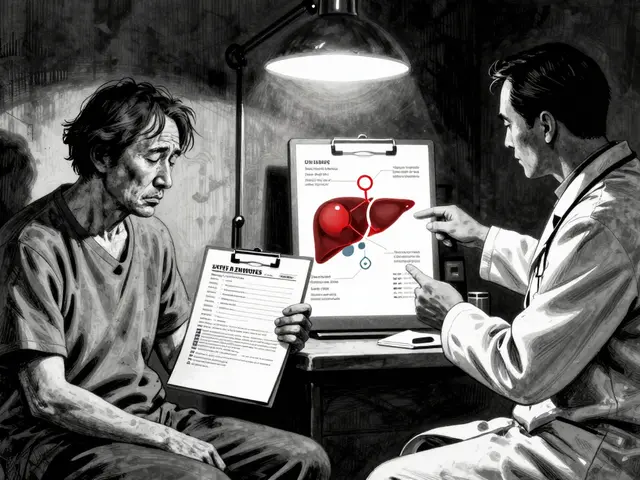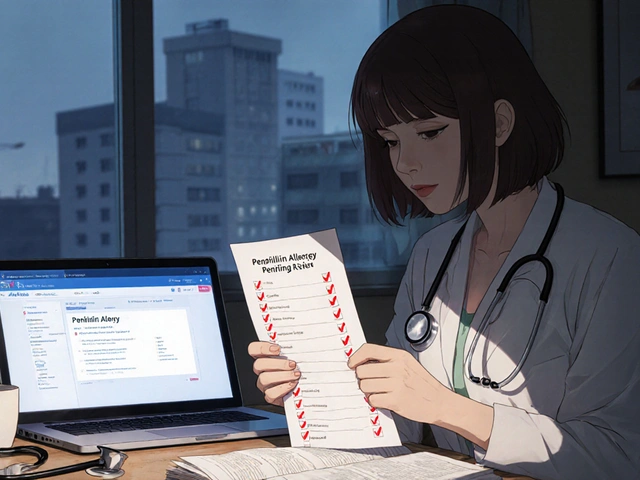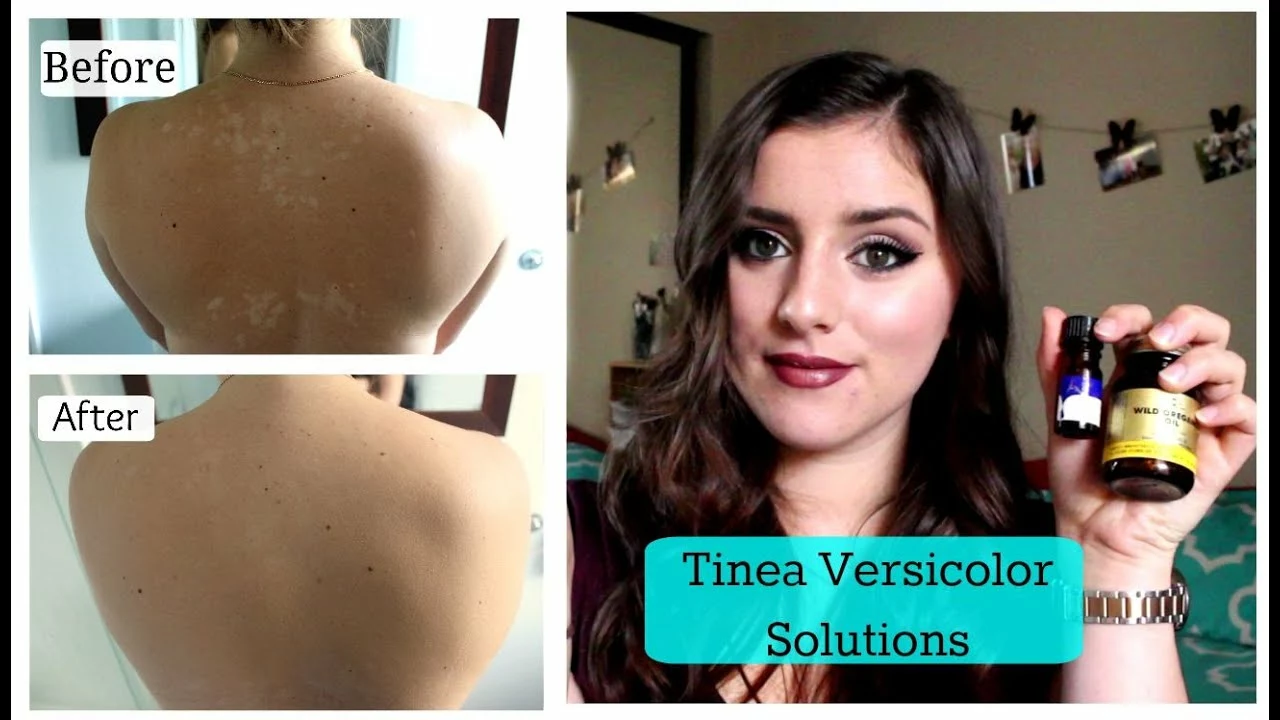Tinea Versicolor – Quick Guide to Symptoms & Treatment
If you’ve noticed patches on your skin that look lighter or darker than the surrounding area, chances are you’re dealing with tinea versicolor. It’s a common fungal condition caused by an overgrowth of the natural yeast Malassezia. The good news? It’s usually easy to treat and rarely serious.
Spotting Tinea Versicolor
The rash often appears on the chest, back, shoulders, or upper arms. Patches can be white, pink, tan, or brown, and they may get more noticeable after a hot shower or when you sweat. It isn’t itchy for most people, but some report mild irritation.
Because the discoloration looks like sun‑damaged skin, it’s easy to mistake it for a tanning issue. A quick test at the doctor’s office—scraping a little skin and looking under a microscope—will confirm if yeast is present.
How to Treat It
Over‑the‑counter options are often enough for mild cases. Look for shampoos or soaps containing selenium sulfide, zinc pyrithione, or ketoconazole. Apply the product to the affected area, leave it on for 10 minutes, then rinse. Repeat a few times a week until the color evens out.
If OTC products don’t clear things up in two weeks, prescription‑strength treatments can help. Topical creams like clotrimazole, miconazole, or terbinafine work well when applied twice daily for a couple of weeks. For widespread or stubborn infections, doctors may prescribe oral antifungals such as fluconazole or itraconazole—usually a short course of pills.
While you’re treating the rash, keep your skin cool and dry. Tight clothing that traps sweat can feed the yeast, so opt for breathable fabrics. Regularly using an anti‑dandruff shampoo on the back and chest can also prevent re‑growth.
Most people see improvement within a few weeks, but the color may take longer to return to normal because it takes time for skin cells to replace the pigmented ones. If patches linger, a gentle exfoliating wash can speed up the process.
At viamedic.com we keep you updated on the latest safe treatments and price guides for both OTC and prescription antifungals, so you can make an informed choice without guessing.
Bottom line: tinea versicolor is common, not dangerous, and usually clears up with simple steps. Spot the patches early, use a suitable shampoo or cream, stay cool, and you’ll be back to even‑toned skin in no time.
Tinea Versicolor in Athletes: Prevention and Treatment Strategies
As an athlete, I've noticed that tinea versicolor can be a common issue among us. To prevent this fungal infection, it's essential to maintain good hygiene, especially after workouts, and use anti-fungal soap or body wash. Additionally, wearing moisture-wicking clothing during exercise can help reduce the risk. If tinea versicolor does occur, over-the-counter anti-fungal creams can be an effective treatment. However, if symptoms persist, consulting with a dermatologist is highly recommended to find the best treatment plan.
About
Fitness and Supplements
Latest Posts


Introducing Peony: The Dietary Supplement That's Taking the Health World by Storm
By Orion Kingsworth Jul 6, 2023

Statins and Nonalcoholic Fatty Liver Disease: Are They Safe? What You Need to Know
By Orion Kingsworth Dec 29, 2025

Mirtazapine and Weight Gain: What You Need to Know About This Common Side Effect
By Orion Kingsworth Dec 18, 2025

